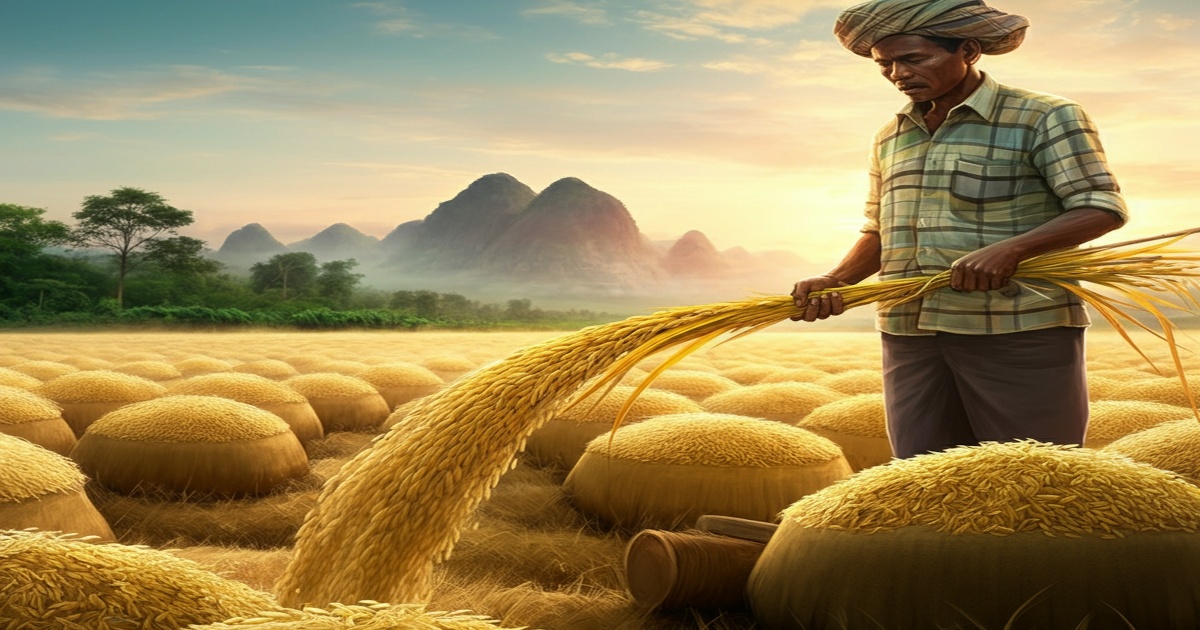For more than fifty years, Japan's government has promoted reduced rice cultivation to maintain stable and high prices of this vital staple. However, a recent ambitious agricultural policy announced by Tokyo indicates a significant shift in direction, aiming to boost production to enhance food security without causing a price drop that might adversely affect influential farmers.
This policy's urgency stems from a current crisis where Japan faces a rice shortage, leading to soaring prices and heightened imports. Farmers such as Kazuhachi Hosaka have welcomed the new policy conceptually, though they remain anxious about its implementation and its impact on market prices. The government is tasked with crafting a comprehensive plan by mid-next year to ensure a safety net for rice producers, as many recognize that transitioning fields for rice production from other crops requires considerable investment and resources.
Despite his concerns, Hosaka has dedicated almost all of his 180-hectare farm to staple rice due to attractive market prices. However, he worries that unchecked production growth could lead to a substantial drop in prices, reflecting on his internal conflict regarding the doubled retail prices that have reached approximately 4,000 yen for 5 kg of rice this year. He hopes prices will stabilize around the 3,000 to 3,500 yen range, which aligns with Prime Minister Shigeru Ishiba's considerations to please voters.
Rice holds significant cultural importance in Japan, cultivated for over 2,000 years and revered in the Shinto religious tradition. When prices surged, causing rice to become a luxury, consumers expressed frustration, prompting the government to release emergency stockpiles at reduced prices as a temporary measure to mitigate impacts before upcoming elections.
Historically, the government had tried to avoid oversupply through subsidies for non-rice crops, but a miscalculation led to severe shortages last year, highlighting the flaws of their longstanding approach. The proposed new policy aims to allocate rice for export, intending to prevent future shortages by increasing available stocks domestically during crises.
Yet, agricultural experts question the viability of the government's strategy, as it contradicts market trends, especially with Japan now importing record amounts of rice. The demand for foreign rice varieties from the U.S., Taiwan, Thailand, and Vietnam has proliferated among consumers, complicating the government's goal to sell large quantities of expensive Japanese rice abroad.
While there's an acknowledgment of the need for farmer support, there is also an expectation for agricultural consolidation and the incorporation of technology to reduce production costs. However, rising prices of essential inputs such as fertilizers and fuel have intensified concerns for farmers like Hosaka, who fear further declines in rice prices due to government actions.







6 Comments
Bermudez
This will help preserve Japanese culinary traditions and protect farmers.
Africa
The export strategy is a good idea to utilize the existing demand in the overseas market. It will prevent waste.
Comandante
Good move! Japan needs to be more self-sufficient in food.
Bella Ciao
Hopefully, this will help make rice prices more affordable again.
Mariposa
Investing in rice production when the market is already saying otherwise? Sound economic planning, I guess.
Donatello
This is a crucial step to combat the rise in prices and ensure stable supply.